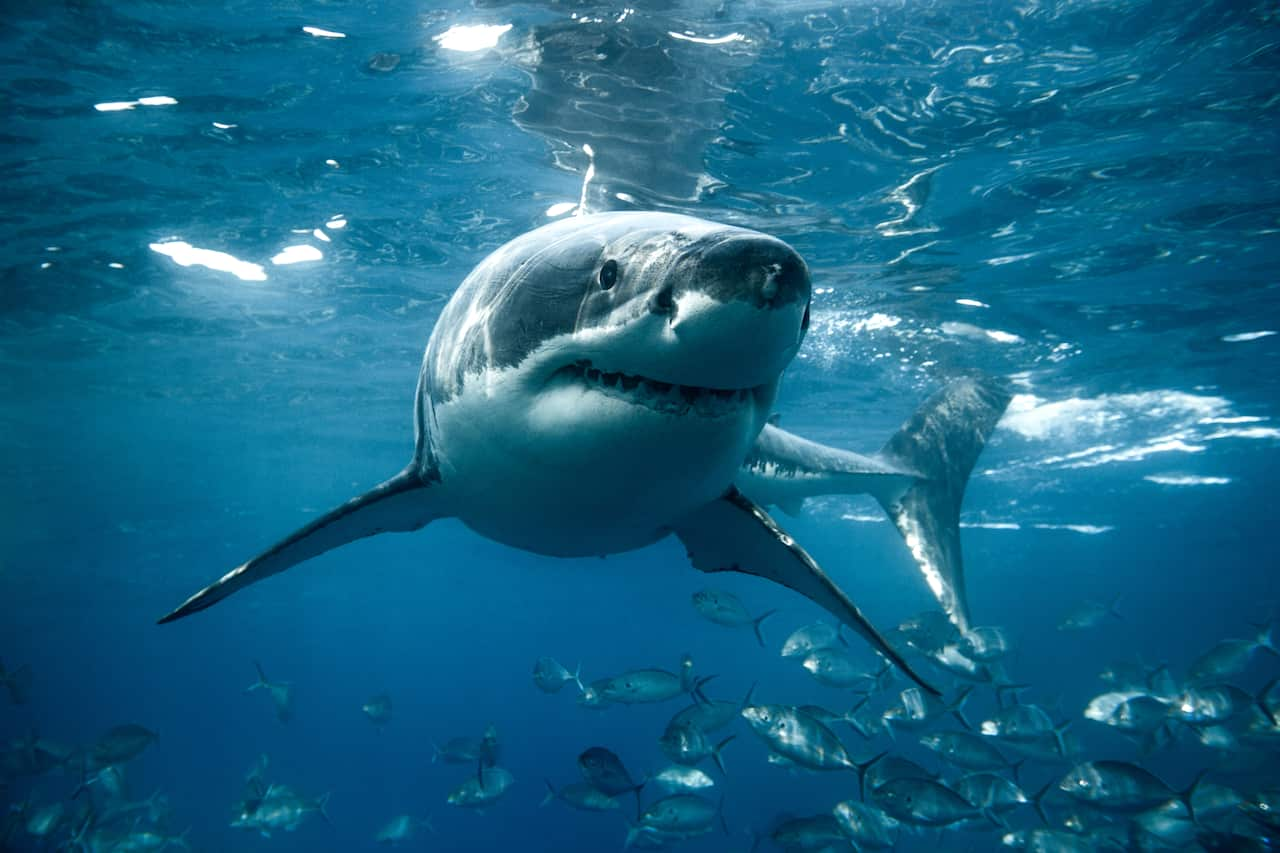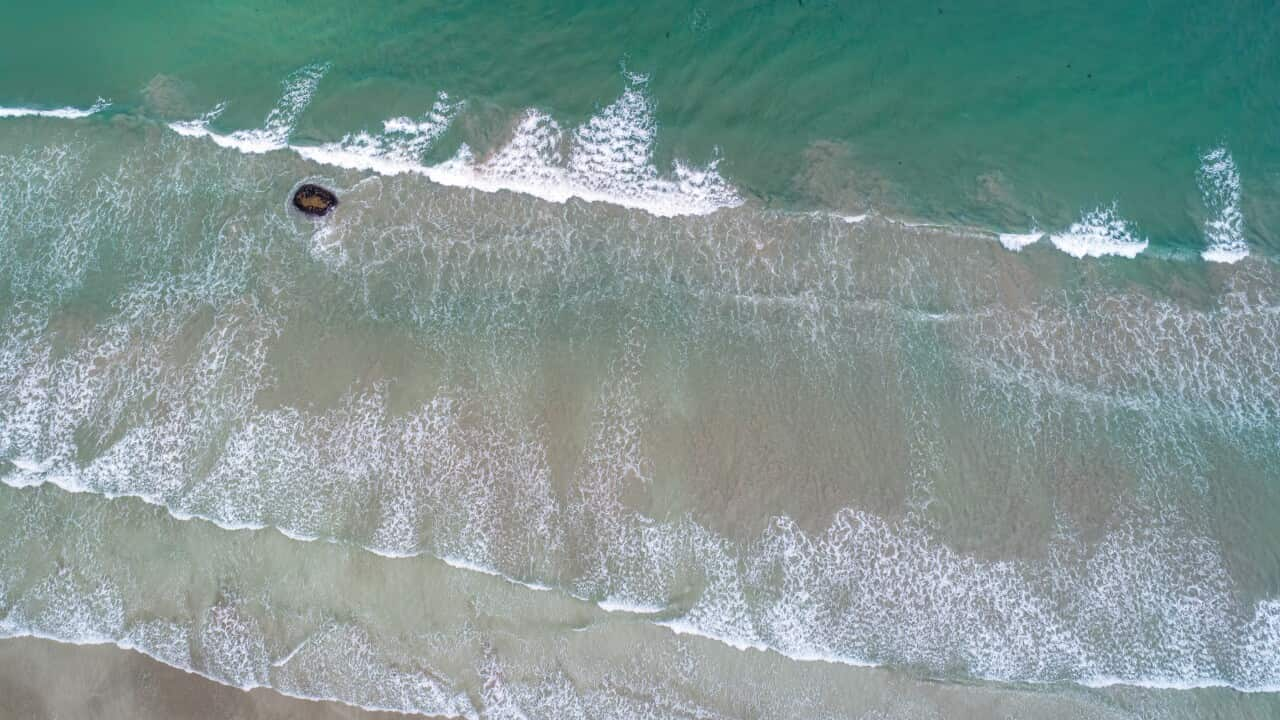A search is continuing for a missing 28-year-old surfer believed to have been attacked by a shark on Thursday night at Granites Beach on South Australia’s Eyre Peninsula.
After witnesses reported seeing the man being attacked, police and volunteers searched the area on Friday, using drones to assist their operations, but have been yet to find anything.
Locals had reportedly warned some surfers that a large shark had been spotted in the area earlier in the day, and some had posted the warning on social media.
Another surfer was killed by a shark on the same stretch of coastline 15 months ago.
Scientists have described a series of shark bite incidents in the area since 2023 as a bite “cluster” — a phenomenon that has been observed around the world.
Why do bite clusters occur?
When three fatal shark attacks occurred in South Australia in 2023 — about the same number that occur across the entire nation in an average year — some experts took notice.
South Australian environment and wildlife lecturer Brianna Le Busque said that, while not unprecedented, it was “unusual to see that many together”.
“There seems to be these clusters of bites that do occur, which is what has occurred in South Australia,” Le Busque said.
Lance Appleby is understood to have been attacked by a shark while surfing near Granites Beach on the Eyre Peninsula west of Adelaide on Thursday. Source: AAP / Supplied by SA Police
Bond University environmental scientist Daryl McPhee said such patterns have been seen several times in Australia over the past two decades.
, we saw them in the Whitsundays in Queensland, we saw them on the northern NSW coast. And this isn’t the first incident we’ve seen on the Eyre Peninsula in South Australia,” he said.
McPhee said clusters occurred “when sharks take up temporary residence in an area” — movements that were “a difficult thing to predict”.
There was “little evidence” that each of the clusters of unprovoked bites in Australia were from the same sharks, he added.
McPhee said monitoring the movements of shark populations was vital to learning more about the animals, observing patterns and being able to keep marine users informed.
“There’s been a lot of work done on the acoustic tagging of sharks and subsequent detection of sharks.
“A very important piece of science is looking at understanding where sharks are and then you marry that with biophysical information, so information on water temperature, et cetera, then you can start to build a long-term picture of when you expect to see sharks in certain areas,” he said.
How common are shark attacks?
While fatal shark attacks are “obviously completely horrible”, they are very rare, Le Busque said.
While about three Australians die from shark attacks each year, 150 people drowned in coastal waters between July 2023 and the end of June 2024.
However, the long-term average number of fatal shark attacks per year is “pushing up”, McPhee said.
The average number of fatal shark bites in Australia each year between 2014 and 2023 was 2.7. In the previous decade, it was 1.8.
White sharks, more commonly referred to as great white sharks, are responsible for most fatal attacks in Australia. Source: Getty / Nautilus Creative
Great white sharks were responsible for most of the shark fatalities in Australia, McPhee said, adding that bull sharks tended to be responsible for many of the shark bites that occur on the east coast of Australia.
Swimming at dawn and dusk increased the risk of coming in contact with bull sharks, he said, but there were complexities in analysing the data on these attacks as “most people are also in the water later in the day, so you have more potential people in the water”.
How can people reduce their risk?
McPhee said states such as Western Australia and NSW have dedicated SharkSmart apps that provide details about sightings, alerts and shark detections by location.
He encouraged people to use tools available to them to be as informed about the possibility of sharks in areas they plan to spend time.
To reduce the risk of an interaction with a shark people should avoid going into “murky waters and don’t swim after rain”, McPhee said.
He said those at greatest risk of shark attack were often surfers.
“Surfers represent an increasingly large proportion of those who are bitten by sharks,” McPhee said.
He urged surfers to use personal deterrents “that have been independently tested” and avoid areas of concentrated fish or bird activity.
Perception and fear
While at times it may feel like there is increased shark activity in an area, it was often just a perception based on the amount of attention attacks receive, Le Busque said.
“We know that when these bites do occur, they become really top of mind for us and then we think about sharks a lot more,” she said.
“Here in South Australia, at the moment, there’s a lot of publicity if a shark is seen, because it’s kind of top of mind for people.
“It definitely can feel like there’s a lot more shark activity going on, but [that’s because] we’re focusing on it and so is the media.”
With additional reporting by the Australian Associated Press.


